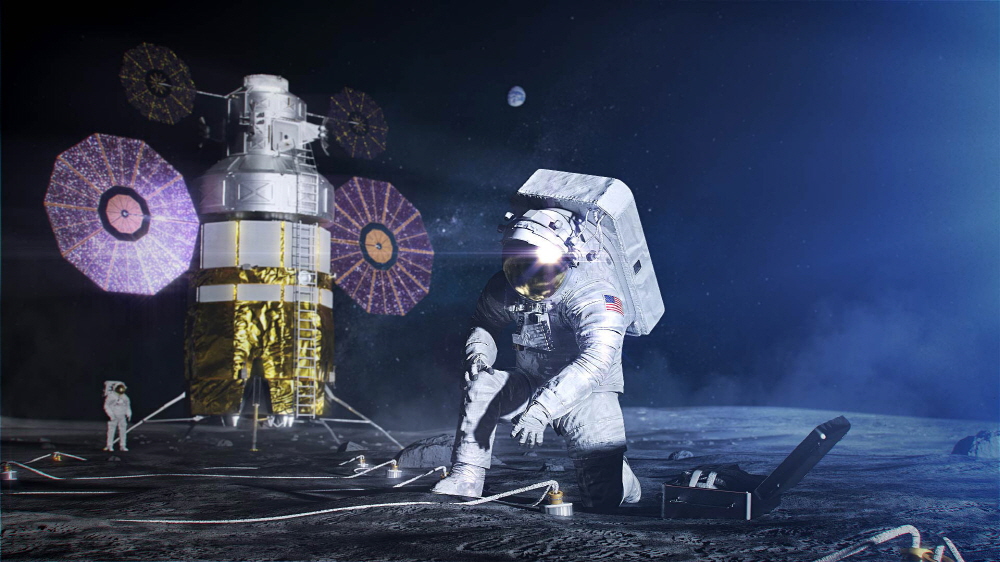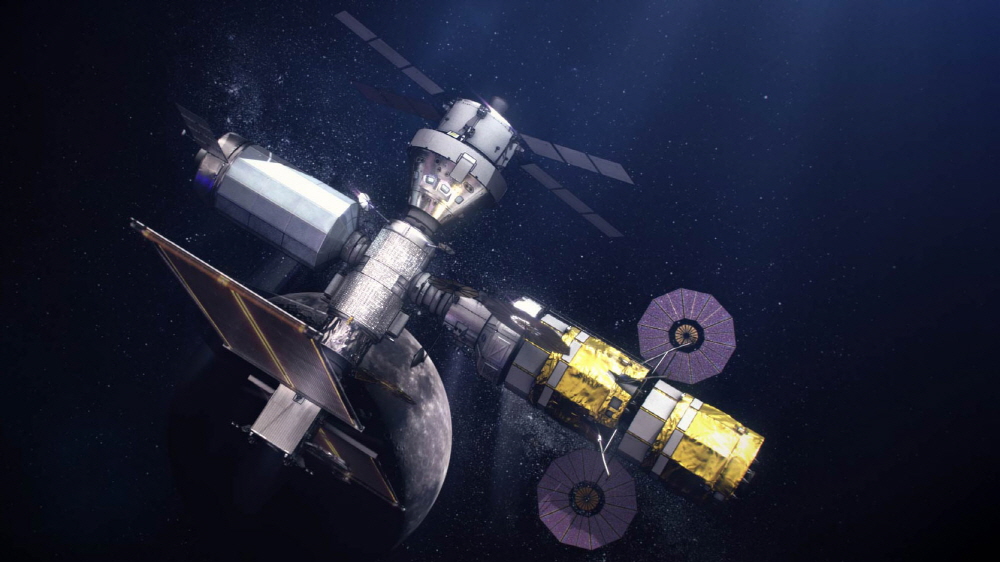
NASA is envisioning the Artemis project to send humanity back to the moon by 2024. How is the Artemis project aiming for the moon?
From 1968 to 1972, NASA conducted nine manned spaceflight explorations on the moon. As a result, 12 people visited the moon through the Apollo Plan. In May 2019, the new lunar mission, Artemis, will be announced. This mission is not only to send people to the moon, but also to prepare for the Mars exploration mission by helping to keep humans in and around the moon for a long time. In other words, you can think of the Artemis plan as conducting rehearsals on the moon for manned missions to Mars.
The Artemis Plan is designed and tested with astronauts in mind, the most important element in space exploration. Orion is used for spacecraft to send astronauts. Orion consists of 3 modules, and the crew module can accommodate up to 4 people on board. The crew module has a docking port that connects to other modules, and a heat dissipation device that blocks heat on the floor. In addition, the service module under the crew module carries the life support system of the crew, its own engine and fuel.

A launch module is installed on the top of the crew module. This is responsible for pulling the crew module safely. The launch module contains three solid rocket engines. In addition, it was equipped with a cargo hold. The rocket itself uses the large launch rocket system SLS, which NASA explains as the world’s most powerful rocket. SLS is better than the Rocket Saturn V used in the Apollo plan.
The total weight of the SLS with fuel installed on the launch pad reached 2,700 tons. In addition, 2,360 tons of this is fuel. These SLSs cannot stop the rocket once the engine is ignited. Initially, four RS-25 engines and two extended solid rocket boosters are ignited, and after two minutes of engine ignition, the launch module fuel is depleted and disconnected from the SLS. In addition, 8 minutes after ignition, the fuel loaded in the rocket core stage is consumed and the core stage is also separated. Then, for a short time, EUS is ignited, and Orion is in Earth’s orbit.
At this point, the crew inspects Orion and re-ignites the EUS engine to make sure the system is ready for space travel. And Orion attempts to deviate from Earth’s orbit. The timing of the engine re-ignition is very important because the Orion speed changes with the point of departure from the track.
EUS engine combustion ends after a few days away from Earth’s orbit. Separating the EUS from here and reaching the Moon makes the fundamental difference between the Artemis plan and the Apollo plan clearer. The Apollo program used the spacecraft to transport lunar landing machines. But the Artemis plan takes a completely different approach. All that is needed for the lunar mission is because there are already commercial or global partners around the moon in advance.
Among the facilities used for lunar missions, the gateway to the lunar orbit platform is also included. The lunar orbit platform gateway is preparing a powerful lunar landing ship in advance and will be used for communication setup. In addition, the lunar orbit platform gateway is designed as an open standard and can be freely expanded through new missions and partnerships. It is also possible to adjust the orbit of the moon orbit platform gateway. This was not feasible at the time of the Apollo plan.
The real purpose of orbiting the moon orbit platform gateway is to put the space station in orbit on the moon. Space exploration is also spreading commercially, so if a lunar orbit platform gateway could be placed in lunar orbit, it could be an ideal hub for the Earth and everything that exists in front of it.
Orion docks the moment it reaches the moon orbit platform gateway. Astronauts aboard Orion board the lunar landing ship, and Orion waits at the moon orbit platform gateway. The lunar lander descends from orbit to the moon, and after moving to low lunar orbit, the lunar lander descends to the moon at once. It arrives on the moon like this.
The moon-to-earth process first goes from the lunar lander to the lunar orbit platform gateway. The astronauts board Orion at the moon orbit platform gateway, get out of orbit, and use the lunar gravity to accelerate and aim at the Earth. When you get closer to the Earth, separate the crew module from the service module. The crew module enters the Earth’s atmosphere at a speed of 40,000 km/h and slows down by air friction. At this time, the surface temperature of the crew module is expected to rise to 5,000 degrees. The parachute is deployed where it has decelerated to 480 km/h and the crew module decelerates to 32 km/h until it lands at sea level. In this way, the round trip from Earth to the Moon ends. More information on the Artemis plan can be found here .


